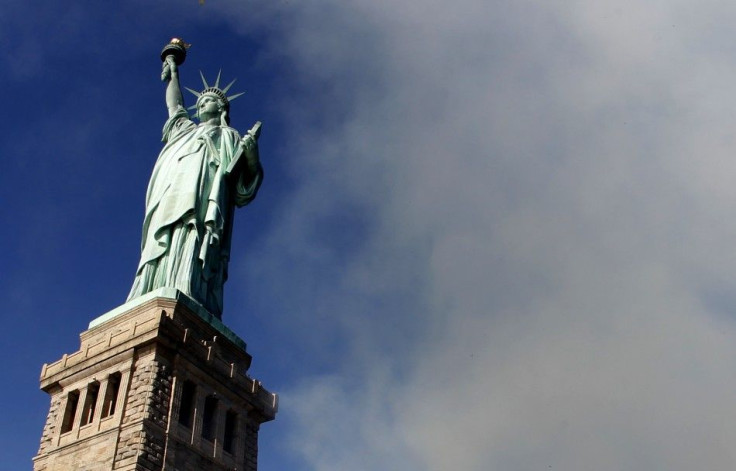Saving New York: Snow Cannons On West Antarctic Can Fight Sea-Level Rise

Melting ice sheets as a result of a warming planet is causing unprecedented rise in sea levels, but a solution proposed by researchers from the Potsdam Institute for Climate Impact Research (PIK) could help prevent coastal areas such as New York City from drowning.
The Amundsen Sea Sector of West Antarctica is comprised of several glaciers that are prone to instability. Underwater melting of these glaciers caused the largest ice loss from the continent and accelerated global sea level rise.
The researchers are now looking at a daring plan to stabilize the ice sheets. The idea is to generate trillions of tons of additional snowfall by pumping ocean water onto glaciers and distributing the snow over West Antarctica using snow canons.
In their study, Johannes Feldmann and colleagues used computer simulations to project the dynamic ice loss. They confirmed results of earlier studies that show reduction of greenhouse gas emissions may not stop the collapse of the West Antarctic ice sheet.
The researchers then investigated what could potentially stop the collapse of the ice sheets. Simulations suggest increasing snowfall in the destabilized region can stop the instability and even push the ice sheet back it to a stable regime.
“In practice, this could be realized by an enormous redisposition of water masses -- pumped out of the ocean and snowed onto the ice sheet at a rate of several hundred billion tons per year over a few decades," Feldmann said.
Such an endeavor requires never before seen engineering efforts and even environmental hazards, but this could prevent long-term sea level rise for some of the most densely populated areas around the world including New York City.
Sea level rise has long been a cause of concern for people in New York City. Scientists project that by 2100, sea level rise will be up to six feet higher than today. Earlier this year, New York City mayor Bill de Blasio announced a $10 billion plan to protect Manhattan from rising seas.
Surface mass deposition could be particularly challenging given the harsh climate in the Antarctic. Feldman said that the process would also require an amount of electrical power generated by several ten thousand high-end wind turbines.
This sort of wind farm and further infrastructure installation in the Amundsen Sea as well as the massive extraction of ocean water could also mean losing a unique natural reserve.
Given the stakes, the researchers said that the pros and cons of this unprecedented endeavor need to be considered.
“We find that the precise conditions of such an operation are crucial, and potential benefits need to be weighed against environmental hazards, future risks, and enormous technical challenges,” the researchers wrote in their study, which was published in Science Advances.
© Copyright IBTimes 2025. All rights reserved.





















